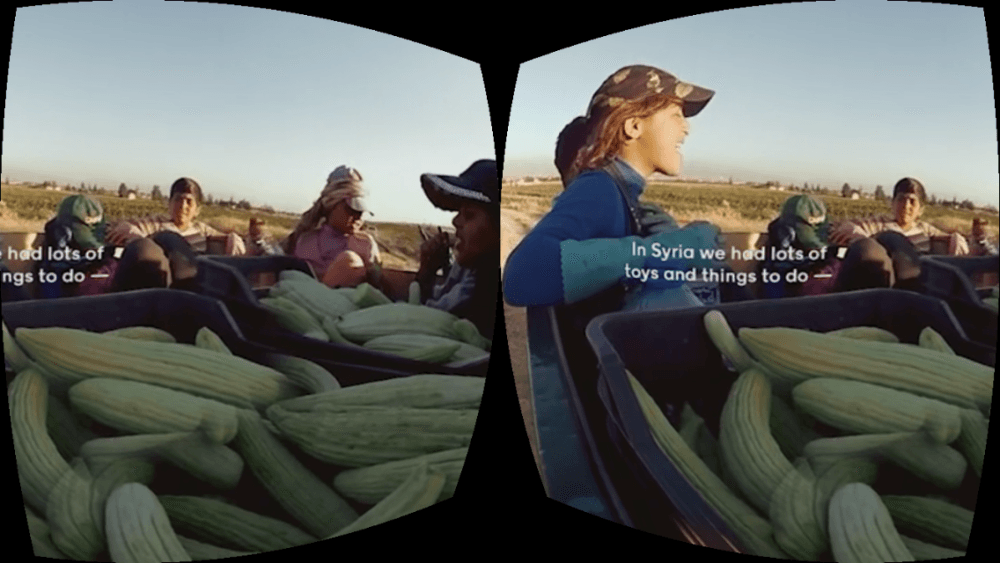A recent post about a virtual reality (VR) capture and playback system (Teleport Memories Into Virtual Reality, The Architechnologist, 5 Dec 2015) stated that the 360° or “immersive” video is not virtual reality, but rather a close relative that can use some of the same devices for presentation. Several conversations with friends of the Architechnologist confirmed the confusion that is so common regarding the concept of virtual reality, perhaps because VR has such great potential and is still in it’s infancy.
To make it perfectly clear:
virtual reality (noun): an artificial world that consists of images and sounds created by a computer and that is affected by the actions of a person who is experiencing it.
“Virtual Reality.” Merriam-Webster.com. Merriam-Webster, n.d. Web. 4 Dec. 2015.
It is that last part that throws so many people off: “affected by the actions of a person who is experiencing it.” The important thing to recognize is that if the person experiencing the images and sounds cannot affect what they are viewing and hearing, then it is not virtual reality. Immersive video systems (like the Teleport devices from the aforementioned post) present awesome video that is easily shared and viewed on head-mounted, stereoscopic displays, but that’s it — the viewer cannot interact with anything in the scene or direct their own movement through it, just watch and listen as if observing a film recorded with a camera on a track.

“The Displaced” VR Short Film from The New York Times
Image Credit: The New York Times
At a very minimum, virtual reality requires that the viewer has the ability to look around within a scene and change the experience by changing their viewpoint, similar to what was presented in the recent launch of VR content by The New York Times (our take on the new format can be read here: The Gray Lady Enters Virtual Reality, The Architechnologist, 5 November 2015).
Virtual reality continues to develop and we are hopeful that the next advancements might be found at this year’s CES in January. The Architechnologist will be on-site in Las Vegas to, perhaps, find the next big thing in VR.